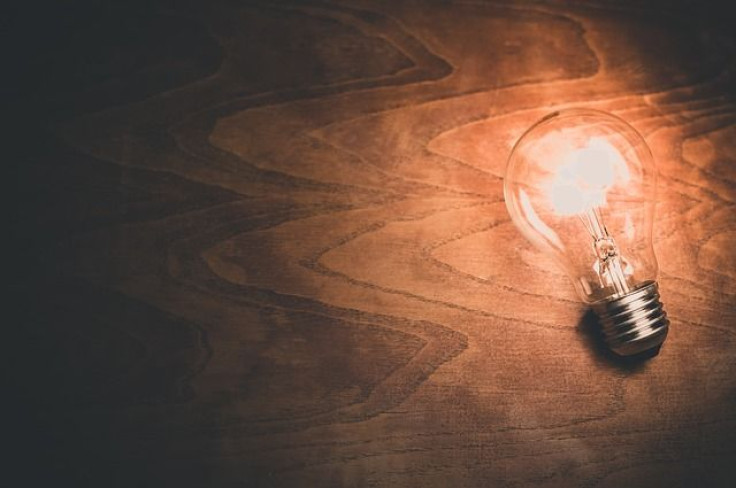Men With Low Sex Drive, Testosterone, May Find Relief With Light Therapy

The radiant glow of a bright light may actually help some men combat their flagging sexual desire, suggests preliminary research presented this week at the annual congress of the European College of Neuropsychopharmacology held in Vienna.
Researchers from the University of Siena in Italy recruited 38 men suffering from clinically low libido to take part in a randomized, controlled experiment. With the help of a specialized box, half the men were exposed to light that mimicked natural outdoor sunlight for a half-hour in the morning each day for 2 weeks, while the other half were exposed to much less intense light. After two weeks, the men who received genuine light therapy not only had higher amounts of testosterone in their blood, but they also reported a substantial increase in sexual desire and function compared to the placebo group.
“Before treatment, both groups averaged a sexual satisfaction score of around 2 out of 10, but after treatment the group exposed to the bright light was scoring sexual satisfaction scores of around 6.3 — a more than 3-fold increase on the scale we used,” explained senior author Professor Andrea Fagiolini, director of the Department of Mental Health and of the School of Specialization in Psychiatry at Siena, in a statement. “In contrast, the control group only showed an average score of around 2.7 after treatment.”
Though the study’s findings are small in scale and not formally peer-reviewed, earlier research by the authors has provided encouraging evidence for using light therapy to treat low libido. Unlike these previous efforts, however, the authors were able to directly test how the light treatment affected testosterone levels this time around.
“The increased levels of testosterone explain the greater reported sexual satisfaction,” said Fagiolini.
And the relationship between light exposure and testosterone levels is one that’s become well-established, he added.
“In the Northern hemisphere, the body’s testosterone production naturally declines from November through April, and then rises steadily through the spring and summer with a peak in October,” he explained. “You see the effect of this in reproductive rates, with the month of June showing the highest rate of conception. The use of the light box really mimics what nature does.“
Biologically, in addition to boosting testosterone, the added burst of light may also inhibit the ability of our brain’s pineal gland to produce melatonin, which in turn produces prolactin, a protein that not only helps women lactate but is also responsible for driving down men’s sexual desire following an orgasm. Useful as that might be, too much prolactin circulating in our blood may contribute to low libido.
Though the team is encouraged by the findings, Fagiolini.cautioned that it may take a while before light therapy boxes can be considered a routine treatment for low libido.
“We’re not yet at the stage where we can recommend this as a clinical treatment,” he said. “Even at that stage, there will be a few patients — for example those with an eye condition or anyone taking medicines which affect light sensitivity (some antidepressants, and some antibiotics, for example) – who would need to take special care.”
“However if this treatment can be shown to work in a larger study, then light therapy may offer a way forward,” he added.
Light therapy is already regularly used to treat people suffering from Seasonal Affective Disorder as well as other forms of depression and sleep disorders.
Source: Koukouna D, L. Bossini L, I. Casolaro I, et al. Light therapy as a treatment for sexual dysfunction; focus on testosterone levels. 29th ECNP Congress. 2016.



























